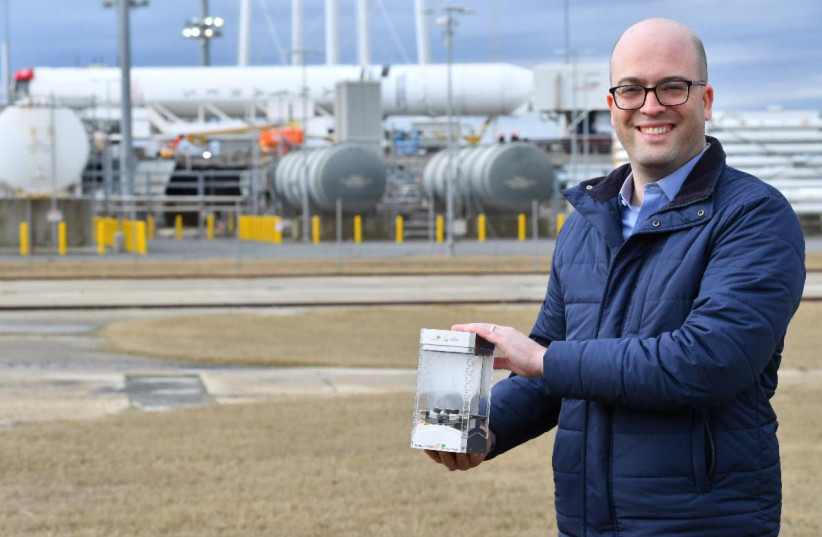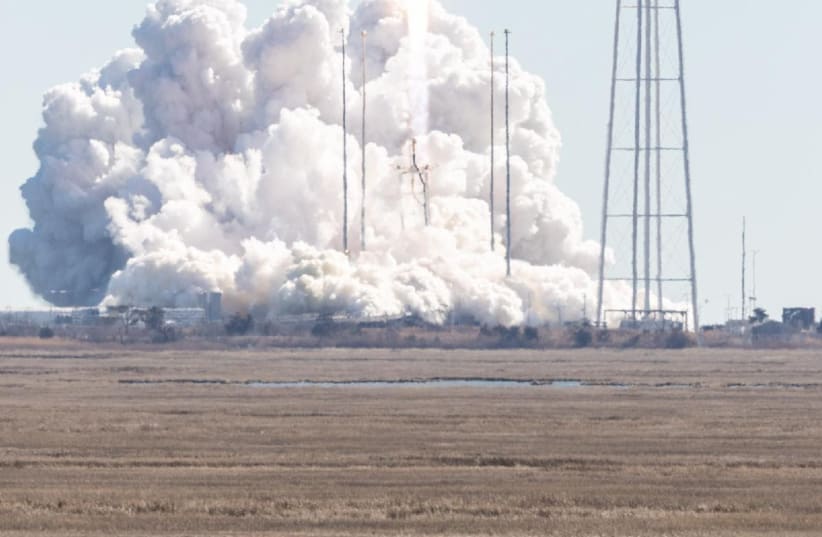An Israeli experiment to grow chickpeas in space was sent up on Saturday to the International Space Station (ISS) as part of the Northrop Grumman resupply mission.
The experiment, known as the Space Hummus project, is the brainchild of SpaceIL co-founder Yonatan Winetraub and is being helped by scientists from Israel and Stanford University, the Desert Mars Analog Ramon Station (D-Mars) in Mitzpe Ramon, food company Strauss and agritech firm the Haifa Group. It will be, in part, carried out in the space station by Eytan Stibbe, Israel's second-ever astronaut, as part of the Rakia Mission when he arrives at the station.
Chickpeas, a staple food used in a variety of dishes like tehina and hummus, are considered a superfood, being extremely high in protein, carbs and vitamins and very filling. Not only that, but they are also very easy to grow. They have a very short seed to seed cycle and can grow in high or low temperatures, or in conditions some might find to be extreme.
But in space, away from Earth’s soil, resources and sunlight, extreme conditions are like nothing ever tried before. But this mission will try to do exactly that, using a miniature greenhouse for controlled growth.
“We don’t know if chickpeas can grow in space. This is something that has actually never been done before,” explained Winetraub.
“The challenge is not just how to grow as many chickpeas as possible, but how to control the way they are grown – so that we maximize our limited resources. The more we learn to grow food with fewer resources, the more prepared we will be for the challenges that await us on Earth, as well.”

Growing food in space is a major challenge that experts must tackle in order to expand humanity further.
The chickpea seeds, onboard Northrop Grumman's Cygnus spacecraft, are set to arrive at the ISS on Monday, February 21.
This is just one of the 35 experiments Stibbe is set to undertake during his time onboard the ISS.
